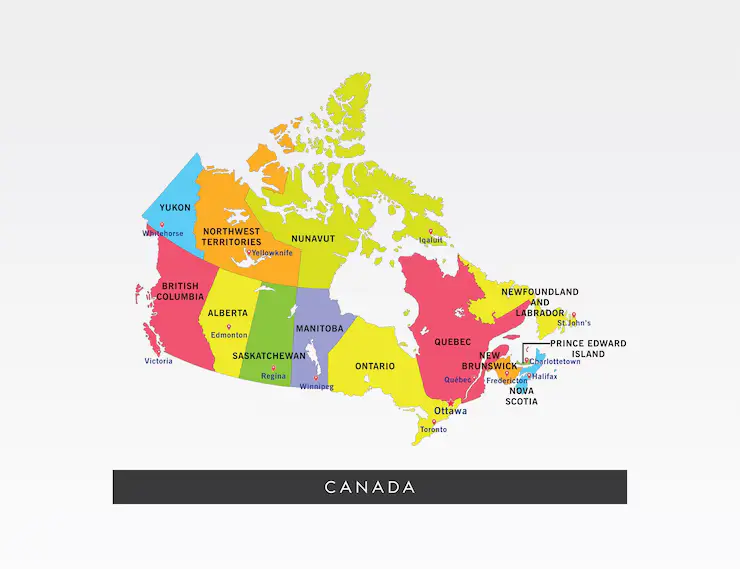Navigating Canada's New Immigration Pathways

The evolving landscape of Canadian immigration offers new opportunities for skilled workers
On This Page You Will Find:
- Canada's Shift in Immigration Focus
- Advantages of the Express Entry System
- Changes in Provincial Nominee Programs
In a decisive alteration to its immigration strategy, Canada has announced a strategic pivot that affects skilled workers' pathways to permanent residency. The move involves a temporary halt on several Provincial Nominee Program (PNP) streams, redirecting focus towards federal initiatives such as Express Entry. This shift, while initially seen as a hurdle, opens new avenues for foreign professionals within the country.
Canada's Shift in Immigration Focus
The Canadian government is steering its immigration strategy towards federal programs, with Express Entry set to play a pivotal role. In 2025, the target for admissions through Express Entry is set to rise substantially to 124,590, representing over half of the total economic immigration goals. This is a marked increase from the previous year's 39% share, underscoring the program's growing importance.
The spotlight on Express Entry presents a new opportunity for skilled workers affected by the PNP closures. The government is prioritizing candidates with Canadian work experience, particularly those under the Canadian Experience Class (CEC), ensuring that individuals who have contributed to the economy are rewarded with a smoother path to residency.
Advantages of the Express Entry System
Express Entry emerges as a flexible alternative for skilled workers. Unlike PNP candidates bound to specific provinces, those in the Express Entry pool can choose to live anywhere in Canada, barring Quebec. This flexibility allows for broader job prospects and personal choices.
The eligibility criteria under Express Entry, especially via the CEC, are streamlined. Prospective immigrants need only demonstrate a year of skilled work experience in Canada and meet language proficiency standards, a simpler process compared to navigating the diverse requirements of over 80 PNP streams.
Moreover, Express Entry boasts a unified federal application process, promising faster processing times of six months, compared to the protracted 20-month wait for PNP applications.
Changes in Provincial Nominee Programs
Recent adjustments in the PNP landscape reflect a broader federal immigration plan. British Columbia's decision to close its International Graduate streams and New Brunswick's pause on its Strategic Initiative stream highlight a trend towards consolidation. These changes have halved the PNP admissions target to 55,000 for 2025, aligning with the federal government's overarching immigration objectives.
Expansion and Elaboration
Historical Context and Expert Commentary
Historically, Canada's immigration policies have evolved to address economic needs and demographic challenges. Experts suggest that this latest shift is part of a broader strategy to streamline processes and attract high-demand talent. Analysts predict that by concentrating on federal programs, Canada can more efficiently integrate immigrants into the national workforce.
Comparative Analysis
Comparing Express Entry with PNPs highlights the advantages of a centralized approach. While PNPs offer tailored solutions for provincial labor market needs, they often result in complex, overlapping criteria that can confuse applicants. Express Entry, with its clear and consistent requirements, provides a more transparent route for skilled workers.
 Author: Azadeh Haidari-Garmash, RCIC
Author: Azadeh Haidari-Garmash, RCIC
